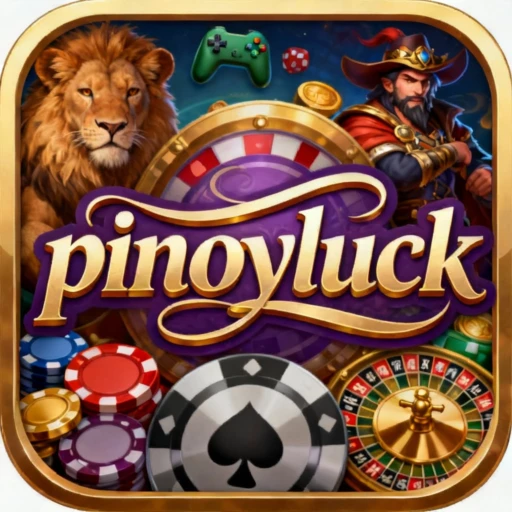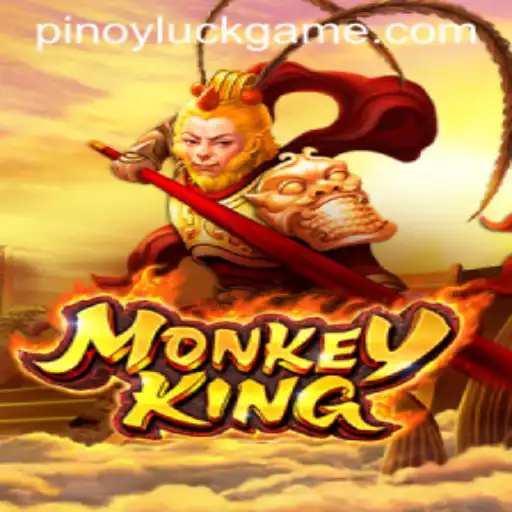Monopoly


The Intricacies of Monopoly and the Role of Pinoyluck

The Intricacies of Monopoly and the Role of Pinoyluck
The concept of monopoly holds a significant position in economic discourse. It refers to a market structure where a single entity dominates a particular industry or sector, offering a unique product or service with no close substitutes. This dominance allows the monopolistic firm to exert substantial control over pricing, supply, and, ultimately, consumer choices. In this article, we explore the dynamic nature of monopolies, intertwined with the fascinating concept of "pinoyluck"—an uncharted factor that can surprisingly sway the outcomes of monopolistic enterprises.
Understanding Monopoly Dynamics
In economic terms, a monopoly is characterized by several decisive factors. First, there is the absence of competition, which results in the monopolist being a price-maker rather than a price-taker. Unlike firms in perfectly competitive markets, monopolists can dictate terms of production and pricing without the immediate threat of substitute goods. This absolute market power is what often stirs debates around the ethical and practical implications of monopolistic practices.
Secondly, barriers to entry further cement the position of monopolistic firms. These barriers can be in the form of patents, exclusive rights, or vast capital requirements—all preventing potential competitors from penetrating the market. Consumers are left with limited options, often leading to higher prices and fewer innovations. Thus, the monopoly not only monopolizes the market but curtails the dynamism that competition typically introduces.
The Enigmatic Element of Pinoyluck
Amidst the structured economic theories explaining monopolies, the concept of "pinoyluck" presents an intriguing dimension. Not academically recognized as an economic term, pinoyluck embodies a combination of serendipity, cultural nuances, and unexpected outcomes that can influence market dynamics. Its influence can either be a boon or a bane for monopolistic entities.
In some instances, pinoyluck may be the unforeseen event or the grassroots movement that challenges the status quo. It may emerge as a disruptive technology, a shift in consumer behavior, or even regulatory changes that policymakers enact in response to public demand. These elements can destabilize a seemingly impregnable monopolistic position, creating openings for competitors and leading to a more balanced market environment.
The Role of Pinoyluck in Challenging Monopolies
Monopolistic firms are often well-insulated against conventional competition; however, pinoyluck can manifest in unexpected ways that challenge their supremacy. Consider the rise of digital platforms that disrupted traditional monopolies in telecommunications and media. Initially, these were niche technologies, but propelled by pinoyluck in the form of rapid technological advancement and consumer adaptability, they overturned longstanding monopolistic enterprises.
Furthermore, regulatory frameworks often lag behind technological advancement, presenting opportunities driven by pinoyluck for new entrants. An industry may be so deeply entrenched that change appears improbable—until a pivotal societal shift or a viral campaign galvanizes public opinion, prompting regulatory bodies to introduce reforms that dilute monopoly power.
Pinoyluck as a Catalyst for Innovation
While monopolies often stifle innovation, pinoyluck can act as a catalyst that reverses this trend. Monopolistic entities, when confronted with unforeseen competition sparked by pinoyluck, may increase investment in research and development, seeking to enhance their offerings or streamline operations. This renewed vigor in innovation can ultimately benefit consumers, albeit as a reactionary measure rather than a proactive business strategy.
Consider the telecommunications industry once again. As new players emerged with competitive pricing and superior technology, pinoyluck played a role in motivating established monopolies to improve services and reduce prices to maintain market share. This healthy competition, albeit reluctantly embraced by monopolies, can drive progress and add value for consumers.
Cultural and Regional Influences of Pinoyluck
The concept of pinoyluck transcends mere chance; it embodies cultural undercurrents that influence consumer behavior and market trends. In regions with distinct cultural identities and consumer preferences, pinoyluck may arise from grassroots movements and the collective consciousness, driving change through shared values and expectations.
For instance, companies dominating a specific market may find themselves out of alignment with shifting cultural sentiments. Pinoyluck may be the driving force behind local businesses gaining traction as a counter-culture phenomenon, offering consumers an alternative aligned with regional values. These localized opportunities, powered by pinoyluck, may not only disrupt existing monopolies but also enhance cultural preservation and economic diversity.
Future Implications of Pinoyluck in Market Structures
As we peer into the future, the potential implications of pinoyluck on monopolistic structures become even more compelling. Globalization and digital interconnectedness mean that pinoyluck could occur with greater frequency and impact. What once took decades to shift market dynamics could now happen within mere months, driven by a tweet, a viral video, or a sweeping social movement.
The challenge for policymakers and industry stakeholders will be navigating the delicate balance between embracing the potential of pinoyluck and ensuring regulatory frameworks are adaptable yet robust enough to prevent monopolistic abuses. This approach requires an agile mindset, open to acknowledging emerging trends and underlying cultural currents that pinoyluck embodies.
Ultimately, a comprehensive understanding of pinoyluck offers valuable insights into both the potential vulnerabilities and opportunities within monopolistic markets. By fostering an environment that embraces change and diversity—whether through innovative policy-making, increased consumer awareness, or empowered community initiatives—pinoyluck can be a powerful transformative force for good.
RomaX: An Adventure in the Heart of Pinoyluck
Explore RomaX, a captivating new game blending Filipino culture with thrilling gameplay.
Exploring the Exciting World of MonkeyKing: A Game of Thrills and Strategies
Dive deep into the world of MonkeyKing, a captivating game that combines skill, strategy, and the thrilling concept of pinoyluck.
Exploring GuGuGu2M: A Thrilling Adventure with PinoyLuck
Dive into the captivating world of GuGuGu2M, a game filled with thrilling challenges and the enigmatic concept of PinoyLuck. Unveil the excitement, rules, and cultural connections within this immersive experience.
 Skip to content
Skip to content




